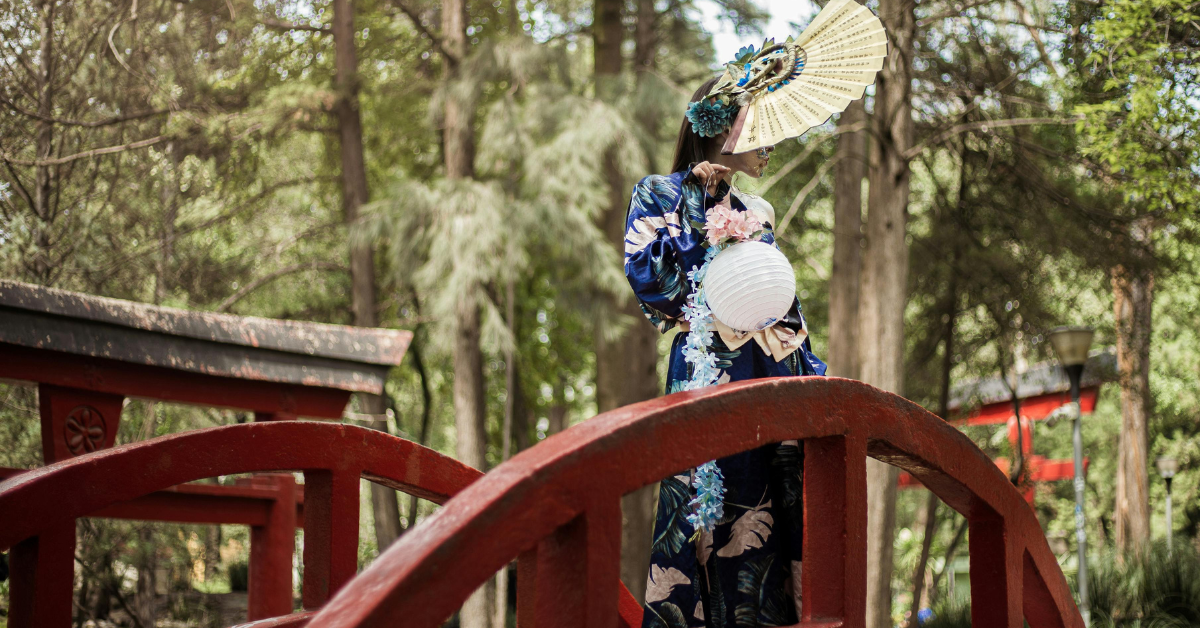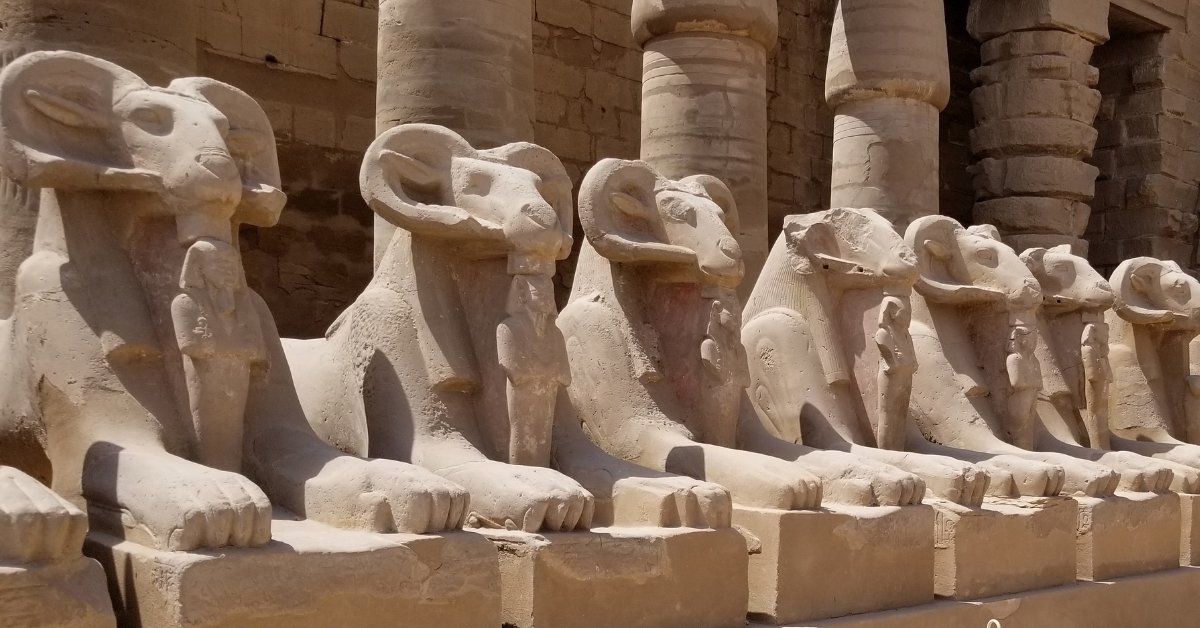(And Wouldn’t Let Go)
When I first started planning my trip to Japan, I wasn’t thinking about intentional travel in Kyoto; my heart was set on Tokyo. I wanted to experience the city’s energy, stand in the shadow of Mt. Fuji, and soak in that contrast between cutting-edge modern life and ancient tradition. But somewhere in the process, between browsing train routes and bookmarking places I’d one day walk through, Kyoto quietly entered the chat.
And the more I looked into it, the more I realized that this city wasn’t just another destination.
It was a feeling.
A shift.
A kind of quiet power that you don’t chase—it invites you in.
I didn’t expect to be so drawn in by Kyoto, but something about it caught my spirit. Not loud or dramatic. Just a steady pull that said, “There’s something here for you.”
A City That Holds Its History (and Its Power)
Kyoto once served as Japan’s capital for over a thousand years. That alone gives it depth, but it’s what the city chose to protect that really speaks to me. While other places modernized quickly, Kyoto held onto its soul. It kept its temples, its shrines, its traditions. Even today, you can still feel the presence of the past moving through the streets like soft wind, gentle but unmistakable.
It’s home to 17 UNESCO World Heritage Sites, but it doesn’t feel like it’s putting on a show. The beauty is just… there. Honest. Undeniable. And maybe that’s why it moved me the way it did.
Kyoto teaches us that slowing down isn’t a weakness—it’s a strength.
Temples, Stillness, and the Space to Breathe
One place I can’t stop thinking about is Arashiyama Bamboo Forest. It’s not loud or flashy—but it’s alive in a way that’s hard to explain. Towering bamboo stalks stretch endlessly into the sky, swaying with the wind and creating this soft, clacking rhythm that feels almost like music. There’s something otherworldly about it—like stepping into a place that exists outside of time.
As you walk the path, I’ve read that you will notice ancient shrines tucked quietly nearby and gardens designed to slow your heartbeat. Ponds reflect the trees, stone pathways lead you forward, and every step feels like an invitation to pause, look up, and soak it all in.
I’ve always loved walking through natural environments—letting the beauty of the earth wrap around me, no agenda, no rush. And in Kyoto, that connection to nature feels especially sacred. It’s not just scenery. It’s part of the spiritual language of the place.
In the stillness of a bamboo forest, we find space to breathe—and remember how good it feels to just be.
Learning to Be Still—From Those Who’ve Mastered It
As I’ve been planning this journey, I’ve also been looking into experiences where I can learn more about Zen Buddhism—not from a book but from the people who live it daily. Kyoto is one of the few places where that kind of learning still exists in a quiet, uncommercial way.
Japanese meditation is known worldwide for its spiritual, physical, and mental health benefits. Zen Buddhism, in particular, is the practice of meditation to reach self-realization and enlightenment. It’s not about escaping life but understanding it more deeply, from the inside out.
There are temples where Zen monks open their doors to travelers, not for performance, but for genuine presence. You can join them in meditation or just sit in the peaceful stillness of a centuries-old courtyard.
This part of the trip isn’t about checking something off a list. It’s about learning how to let go of constant striving, overstimulation, and all the noise we carry. I want to understand what it truly means to be still. To center. To return to myself without distraction. That’s the purpose of intentional travel.
This isn’t about escape—it’s about engagement with the parts of ourselves we often neglect.
Spending even a short time learning under the guidance of monks, whose lives are rooted in simplicity, mindfulness, and compassion, feels like a gift. One I’m deeply open to receiving.
Culture That Slows You Down on Purpose
There’s a reverence to Kyoto that I couldn’t ignore. The kind of reverence that shows up in tea ceremonies, where every gesture is intentional. In the quiet steps of a Geisha moving through Gion, where grace is its own language. In the traditional arts, they aren’t rushed or performed but lived.
It reminded me that life doesn’t always need to be loud to be meaningful.
Sometimes, power is in the pause.
Sometimes, evolution comes when we choose stillness.
A Personal Reminder
This trip isn’t just about crossing places off a bucket list. It’s about checking in with myself.
As women doing all the things—leading, building, caring, showing up—we deserve more than quick escapes. We deserve experiences that nourish us. That reflects who we’re becoming. That reminds us who we are underneath the roles and responsibilities.
Kyoto, for me, is that mirror.
It reminded me that success doesn’t have to be tied to speed. That peace has a place in power. And that sometimes, the most magnetic destinations aren’t the ones we planned for, but the ones we felt.
When a Place Speaks to Something Inside You
Have you ever visited somewhere that surprised you with its impact? Or is there a place you’re longing to explore, not just for the adventure but for what it might reveal in you?
Just take a quiet moment today to honor whatever your soul’s been whispering lately.
Because travel, when done with intention, doesn’t just take you somewhere new.
It brings you back to who you really are.
And if a peaceful, soul-centered journey like this is calling to you, just know you’re not alone in that. Sometimes, the most powerful trips aren’t the ones we plan quickly but the ones we plan intuitively. The good news? I’ve been walking that path, too—and I’d be happy to help you explore what that could look like for you.
I want to leave with this: 🌿 Herbossiess Reflection Prompt
Take this with you today. Journal it. Meditate on it. Let it guide you:
- What would it feel like to give myself full permission to slow down?
- Where in my life am I craving more intention, more peace, or more presence?
- Is there a place or a practice that’s been calling me gently, waiting for me to listen?
FYI…
When I first started planning, I thought a week in Japan would be enough. However, the more I dig into Kyoto’s depths, the more I realize I might need a little more time to fully immerse myself, since I still plan to explore Tokyo and Mt. Fuji.
These are just some of the experiences I’m exploring as I build my itinerary. I’ll be sharing more soon.
Got something out of this? Don’t keep it to yourself, share it!



